How to Make Sage Tea: Sage Tea Recipe for Hot Flashes
Sage is synonym of magic. There are so many properties this herb has it is just uncanny. Sage is a woman’s best friend during the menopause years. In this post I show you the 2 recipes I take on a daily basis (using dried herbs) as well as discussing the benefits of 2 other herbs that become very potent for women on the menopause together with sage (Wormwood and calendula), I show you photos so you can see the entire process for both recipes, a section on questions you may have and also links to purchase your driedre herbs, a Fortnum and Mason strainer and a flask so you can take it around with you all day like I do : )
A Special Relationship with Sage
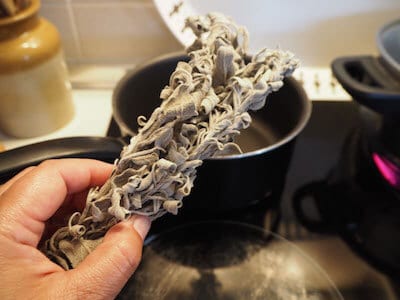
I wasn’t expecting to have a special relationship with sage herbal tea. I’ve been having the menopause for the last 2 or 3 years, and even though my hot flashes are quite severe – I didn’t really want to take any medication for my menopause – lately I’ve been wanting to learn more about sage properties when it comes to menopausal symptoms.
At first I wasn’t sure if I was going to make sage herbal tea for menopausal symptoms. But as I wrote the different posts around sage (check sage for the menopause, how to make your own tea for hot flashes and best herbs for menopause) I decided it was time for me to explore sage more in depth.
It was the benefits of sage article that pushed me further. The article deals with sage benefits but what really ‘did it’ for me was the way in which the books I used for the research spoke about the herb; almost as if it had magical powers and since I ADORE my herbal books and totally trust its authors, I also knew they were in awe of sage because of many wonderful reasons, which they exposed.
I’m finally taking sage tea for hot flashes seriously and decided to make the powerful sage tea for the next few years of my menopause. What I wasn’t expecting was to have a ‘spiritual connection’ with this herb… You see, both the aroma and taste of sage when infused into hot water instantly do something to my mind, body and spirit. When the scent enters my nostrils and the liquid goes through my throat, something magical happens. I start to heal!
My Journey with Sage
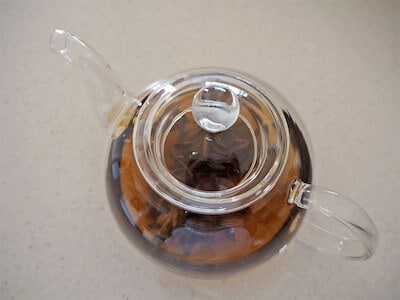
At home I admired the leaves and kept touching the bouquet, feeling its magic and power – I could truly feel this was a very special herb, I can’t explain it. I made my first sage tea a couple of weeks later. I then made more sage tea and eventually went to a herbal store to buy dried sage, as I knew it would be easier for me to keep at home. Slowly but surely I kept feeling closer and closer to the herb, until at some point I simply knew that I wanted to drink the essence of the herb (where all the medicinal magic and properties are kept) on a daily basis.
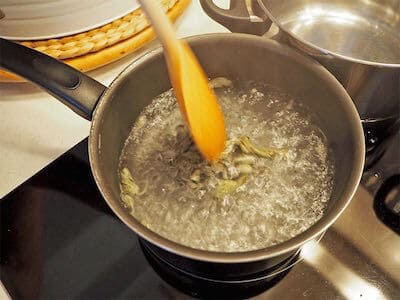
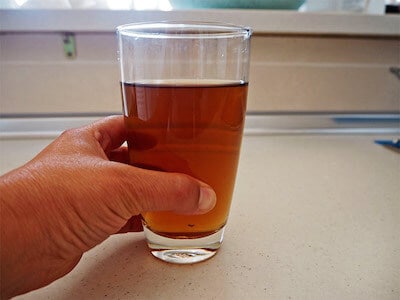
Here’s the definition of synergy:
The interaction or cooperation of two or more organizations, substances, or other agents to produce a combined effect greater than the sum of their separate effects. [Source]
There you have it.
How to Make Sage Tea: Sage Tea Recipe for Hot Flashes
**Note: It is very important to have a relationship with the herb that is helping you get better. It is also very important to be grateful to the herb. I usually touch it lovingly thanking it out loud and sometimes kiss it showing awe and gratitude. I know this is key for healing.**
I now make sage tea for hot flashes on a daily basis. I make 2 different recipes: 1) just sage on its own and 2) a blend of 3 fabulous herbs: Sage, Wormwood and Calendula.
Before showing you how I make these 2 sage teas for hot flashes I’m writing down the instructions on how to make sage tea below. The instructions are the same for both recipes.
INSTRUCTIONS
- Bring 1 litre/4 cups of water to the boil
- Add 1tbsp of dried herb per 1 litre/4 cups of water (if using only sage) or 3tsp of each herb if using a mix per litre/4 cups of water
- Stir and remove from heat
- Cover and let it rest for 10 or 15 minutes (properties of the herb(s) would have been passed on to the water)
- Strain (so the infused water doesn’t go bitter)
- Let it cool down
- Serve either at room temperature or cold from the fridge
A GUIDE ON HOW TO TAKE IT
Here’s a quick and helpful guide on how long to take sage tea for menopause for, best time of day as well as resting months.
- Make sure the tea is cold (room temperature or fridge, either is fine)
- Drink the sage tea daily for 3 months, stop for 2 months (as the body starts to become immune to it), continue for 3 months, stop for 2 months, etc during your menopause years.
- Make 1 litre/4cups of sage tea every day during your 3 months ‘on’ period. Drink between 10am and 7pm and not on an empty stomach (that’s why we start at 10am, to make sure you’ve already had breakfast and because of the tea being diuretic we want to make sure we don’t take it at night).
- Sip throughout the day (that’s how I take it) or have 3 or 4 cups a day, or until the tea is finished.
- Quick instructions on making the tea in a nutshell: 1) boil the water 2) add 1 tablespoon of herb per 1 litre/4 cups of water if one herb only / 1 tsp per herb if 3 herbs are being used to the boiling water 3) turn heat off, leave for 10 or 15 minutes and strain so the water doesn’t go bitter (the properties of the herbs would have been infused into the water)
Below the two recipes I drink all the time (I alternate them every other day – so, one day I have recipe 1, the next day I have recipe 2, the following day I go back to recipe 1, and the following day I have recipe 2 again, and so on…).
How to Make Sage Tea – Recipe 1:
Sage, Wormwood and Calendula Herbal Blend
This potent mix deals with different menopausal symptoms (not just the hot flashes. See benefits below).
I buy my herbs in a lovely small herbs shop in Puerto de la Cruz (a 25min walk from where I’m living) which I love because that’s all they do: herbs. They don’t sell anything else and they’re very knowledgable regarding medicinal herbs.
This first recipe was given to me by the lady at the shop. She told me it was a very potent recipe and so I didn’t hesitate. Take a look. This first recipe comprises 3 herbs mixed using the same quantities of each (1tsp per 1litre/4 cups of water).
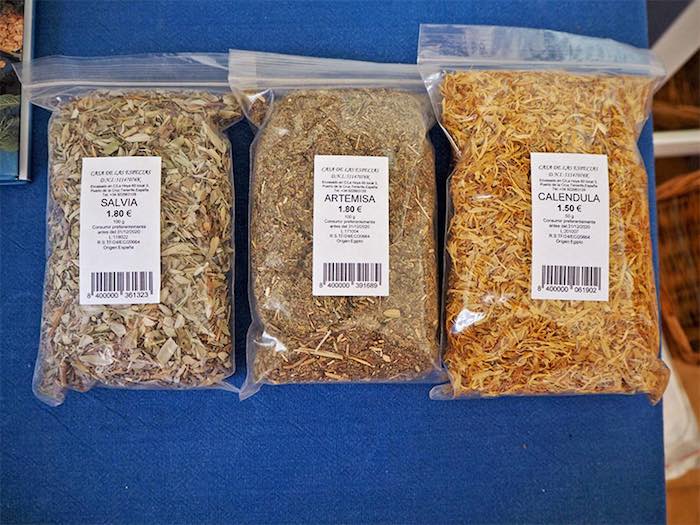
Let’s have a reminder below of the benefits of each in terms of the menopause.
1. Benefits of Sage
Sage (Salvia Officinalis) for menopause has very clear benefits:
- Being an astringent it reduces excess sweating
- Helps with menopausal night sweats
- Drink cold during the menopause to reduce sweating and hot flashes
Affiliate links to buy loose tea sage here, sage tea bags here and sage supplements here.
2. Benefits of Wormwood
Wormwood (Artemisia Absinthium [Asteraceae]) is one of the truly bitter plants (absinthium means ‘without sweetness’).
- It has antidepressant properties
Affiliate link to buy Wormwood loose tea here.
3. Benefits of Calendula
Calendula (Calendula Officinalis), helps with:
- Often used to help reduce pain during menstruation or to help with menopausal problems
Affiliate link to buy Calendula loose tea/florets here.
Making the tea
Follow instructions above. Below I added some photos of us making it at home, we hope they help.
1. About a tsp per herb (this is a blend of 3 herbs) per litre/4 cups of water
2. 1 litre/4 cups of water in measuring jug
3. Bring to the boil
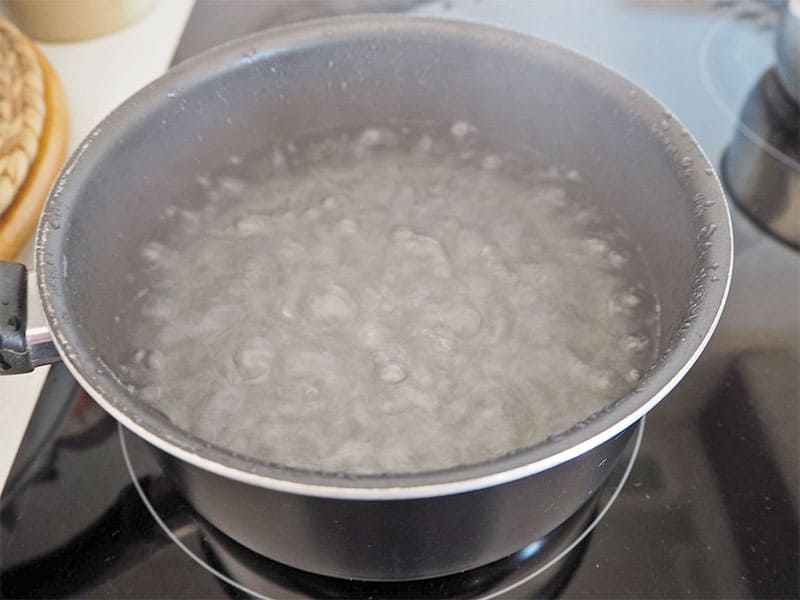
4. Add the herbs and stir
5. Strain
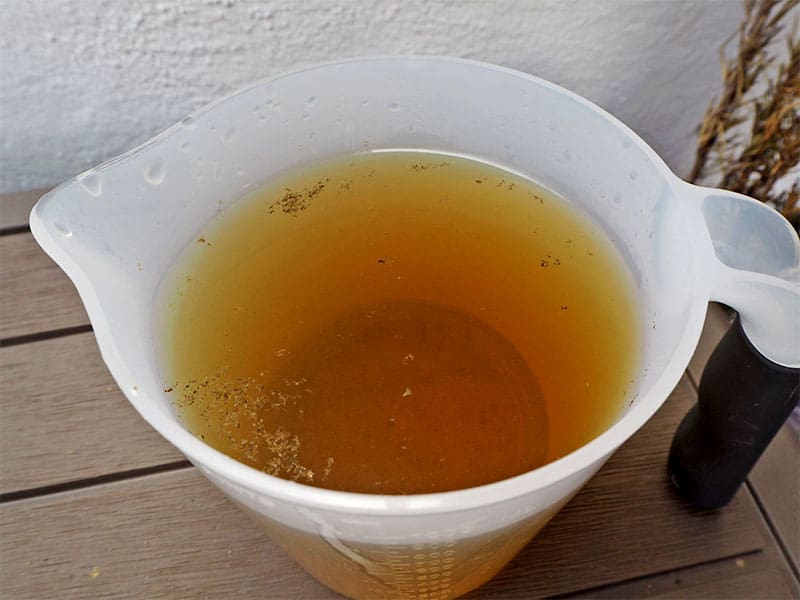
6. Strain again if necessary
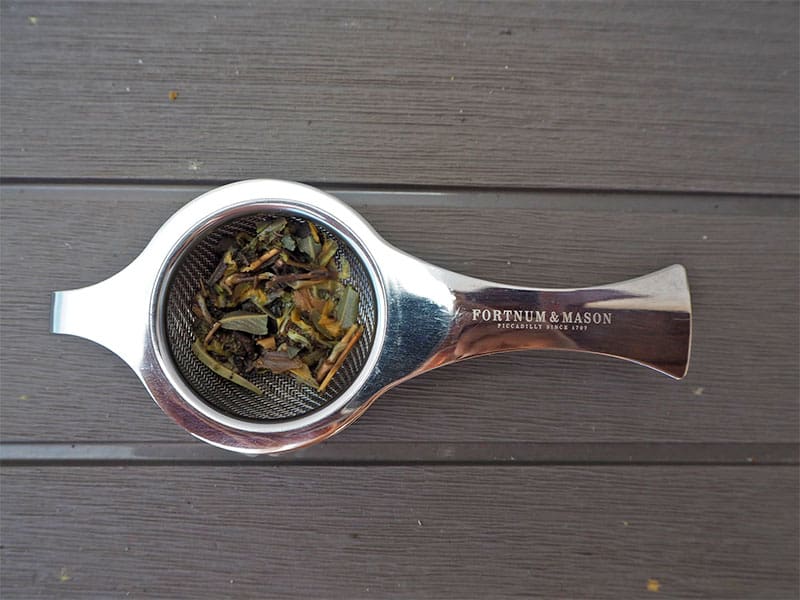
7. Bottle Up!
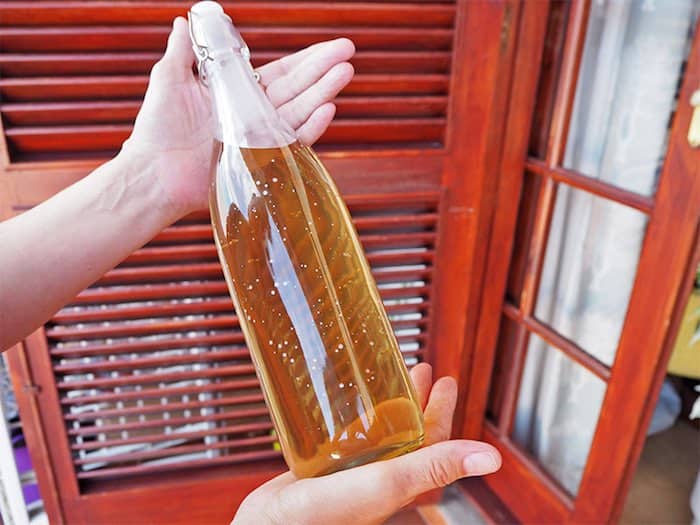
How to Make Sage Tea – Recipe 2 (JUST Sage)
The above recipe is lovely and I have it every other day, mixed with the ‘just sage’ recipe (so, basically, one day I have the 3 herbs recipe, the next day I have the sage recipe, and so on).
Making the sage tea
Again, read the general instructions above (as the same steps apply for both teas) but I’ve got you covered here with some pics as well.
1. 1tbsp of sage herb per 1 litre/4 cups of water
2. Measure 1 litre/4 cups of water
3. Bring to the boil
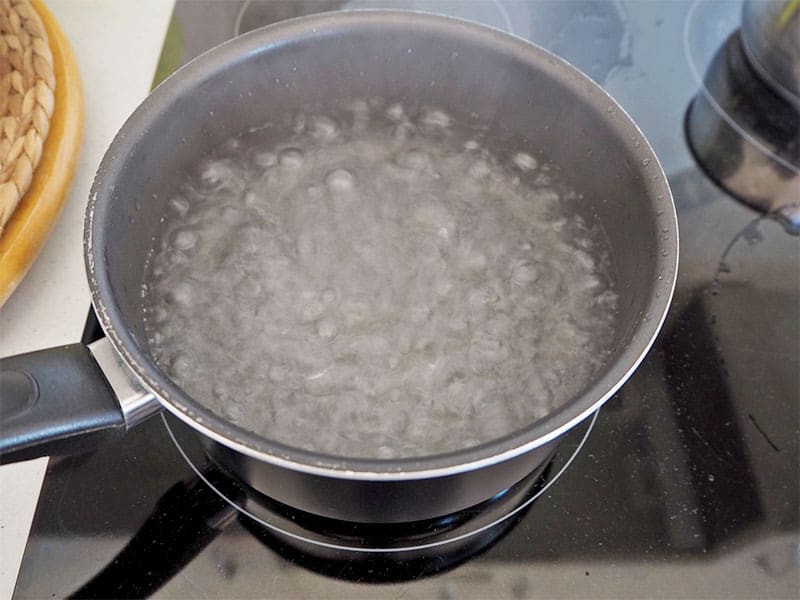
5. Add the magical sage
6. Turn off/move away from the heat and let it rest 10-15min (covered)
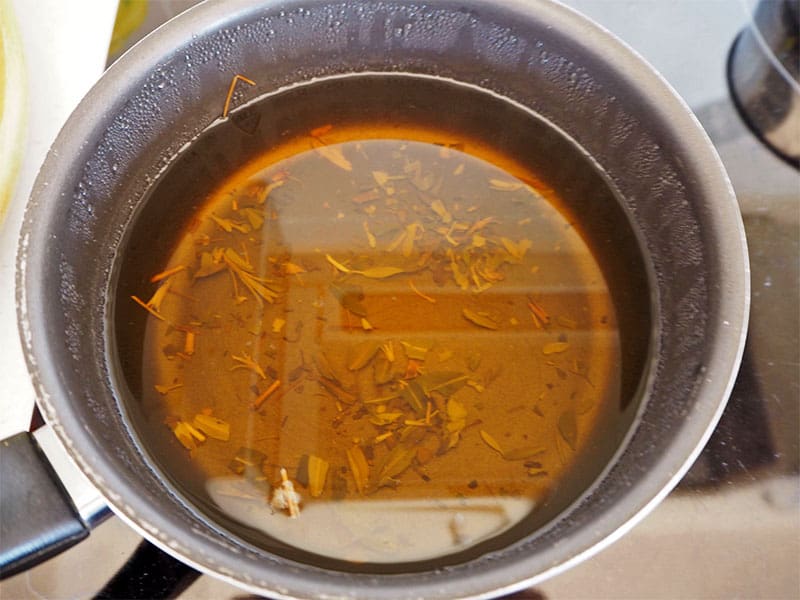
7. Strain
8. Serve
9. Drink cold (room temperature or fridge)
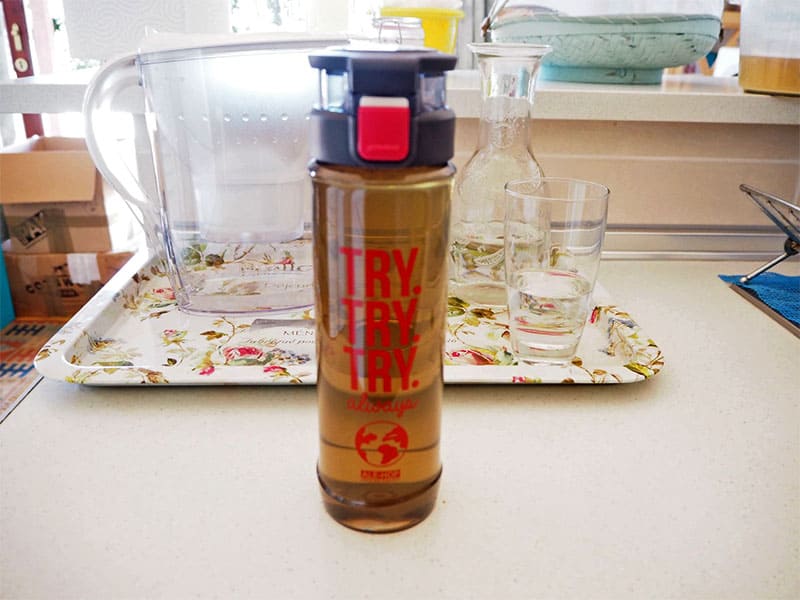
Links to buy Everything You Need to Make Both Sage Tea Recipes
I purchase my teas from a lovely herbs shop (tiny shop!) (I don’t go to a natural store, this is a shop that ONLY sells herbs) but I looked for the ones I would buy from Amazon if I couldn’t get a hold of them locally. Here’s what i found that I liked:
Loose Sage Tea
Wormwood Loose Tea
Calendula Loose Tea
Strainer
This Fortnum and Mason strainer [aff link] is NOT necessary if you have a good strainer, for sure, but I love the whole experience as the strainer is top quality and it feels really nice to use (it has a lovely shine and feels like you’re making proper tea). It might be too small if you’re making large quantities but for me it works well. See what you think (it’s not cheap, Fortnum and Mason is a little expensive!)
HERE’S THE LINK TO THE FORTNUM AND MASON STRAINER.
Addressing some questions you may have:
I prefer to sip it throughout the day and replace it with the water I usually would have. I do drink a glass of water early morning before breakfast. Once I have my breakfast I start sipping from the sage tea.
Also, I take it in a flask so whether I’m at home or out it’s an ‘easy grab’ if that makes sense. You get used to drinking the tea instead of water (it’s soo good that we have to drink it cold!) in no time, I was hooked from day one.
No, I haven’t noticed going more times to the toilet than usual. But if you’re used to drinking a lot of water you would already know about this. I’m drinking more sage tea than I did water and haven’t noticed the difference.
I read in one of my wonderful herbal books that we should drink the sage tea before going to bed but the lady at the shop was pretty insistent on me not doing it because of toilet issues. I’ve listened.
Taste is wonderful!! I can’t get enough of it! Lynn takes only one cup a day as she’s not that keen on it. But I love it.
Tips When Buying Dried Herbs
If you’re buying online ask the supplier/seller how old are the herbs, you want as fresh as possible (even though they’re dried herbs).
For best medicinal effect you need good quality herbs. The woman from the shop where I get them tells me I shouldn’t store the herb I buy on that day for more than 1 year, although it would probably be still ok if I used it after the 12 months (she says this in a lower tone, as if saying ‘you didn’t hear that from me’).
Here are a few tips that will help:
- Buy organic herbs when available
- Herbal medicine is most convenient as essential oils, herbal teas, decoctions, syrups, capsules, tablets, tinctures and pessaries
- Buy from reputable stores if possible (I love the place where I get my herbs from, although I’d like to grow my own eventually)
- Don’t store your herbs in clear glass jars
- Don’t store your herb in direct sunlight (it causes oxidation which can affect how effective the herbs are)
- Calendula should have a bright yellow or orange color. If it is older than 18 months or so it will probably have a pale look
List of Herbs for Menopause
Here’s a list of herbs commonly used to support women during menopause:
- Black Cohosh: Helps alleviate hot flashes and mood swings by balancing hormone levels.
- Red Clover: Contains phytoestrogens, which mimic estrogen and may reduce hot flashes and night sweats.
- Dong Quai: Often called the “female ginseng,” it’s used for balancing hormones and easing menopausal symptoms.
- Chaste Tree (Vitex): May help regulate hormones, reduce breast tenderness, and support mood swings.
- Sage: Known for reducing hot flashes and excessive sweating.
- Evening Primrose Oil: Rich in gamma-linolenic acid (GLA), it may ease breast pain and mood swings.
- Licorice Root: Contains phytoestrogens that may help balance hormones and reduce hot flashes.
- Ginseng: Known to improve mood and sleep, helping with stress and fatigue during menopause.
- Ashwagandha: Helps manage stress and anxiety, promoting overall well-being.
- Maca Root: May help improve libido, energy, and mood, balancing hormonal fluctuations.
- St. John’s Wort: Commonly used to improve mood and combat mild depression associated with menopause (NEVER take St. John’s Wort without consulting your doctor first – or any of the above herbs).
Final Thoughts
Sage for hot flashes is well known and I believe that if you’re suffering from the body heat and want to do something about it this is most definitely something you should try.
I am loving the whole process: buying the herbs, making the tea, sipping it through the day – and everything else that comes with it (the smells, the flask, the strainer, the morning routine, the way it feels as it goes into my body, etc etc). I took long to start drinking sage tea because I didn’t know about sage for menopause but after learning about herbal remedies and reading how my wonderful herbalists talk about sage (and they really, really praise it) I just had to get on with it.
Please let me know in the comments area how you manage with your hot flashes, which other sage recipes do you make (I’m all ears, believe me) and if this post managed to help you in any way!
Related articles
Sage for the Menopause: Can Sage Menopause Tablets Help? Menopause Tea Recipes & Benefits
Herbal tea remedies for hot flashes: soothing blends to COOL YOU DOWN naturally!
Keywords: how to make sage tea, sage tea recipe, sage tea for hot flashes, sea tea for menopause, sage tea hot flashes, sage tea recipe for hot flashes, sage tablets, sage for menopause, sage for hot flushes, sage for hot flashes, sage tablets for hot flushes, sage and menopause

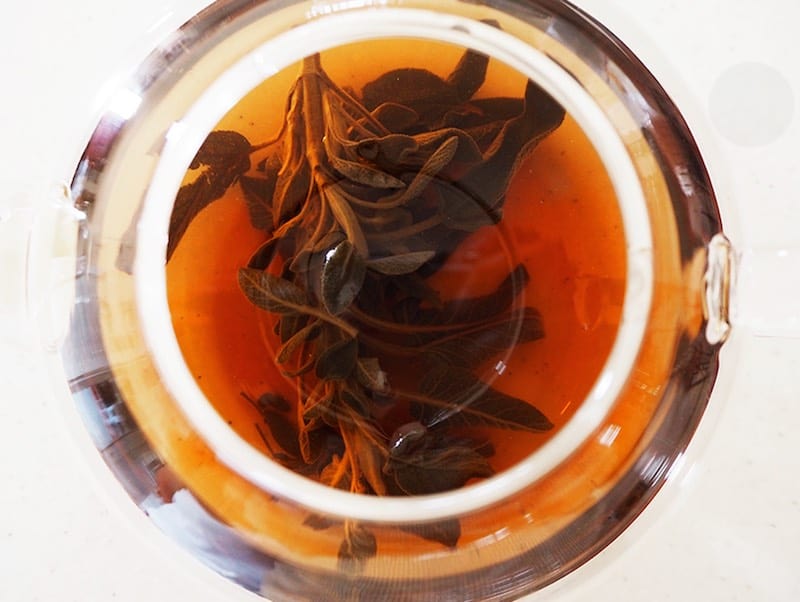
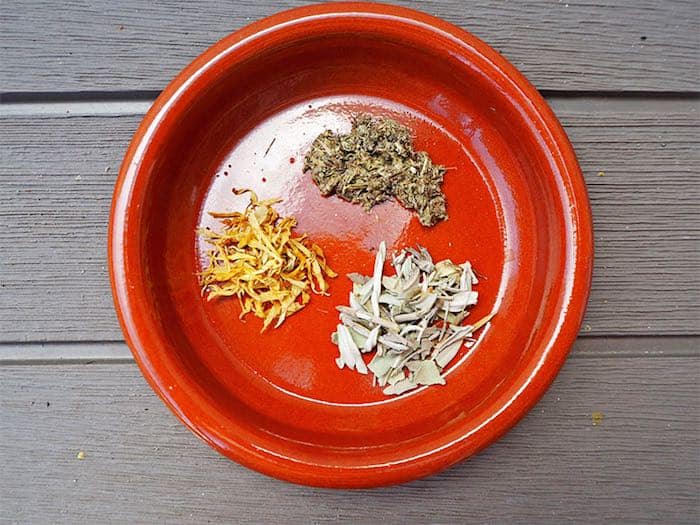
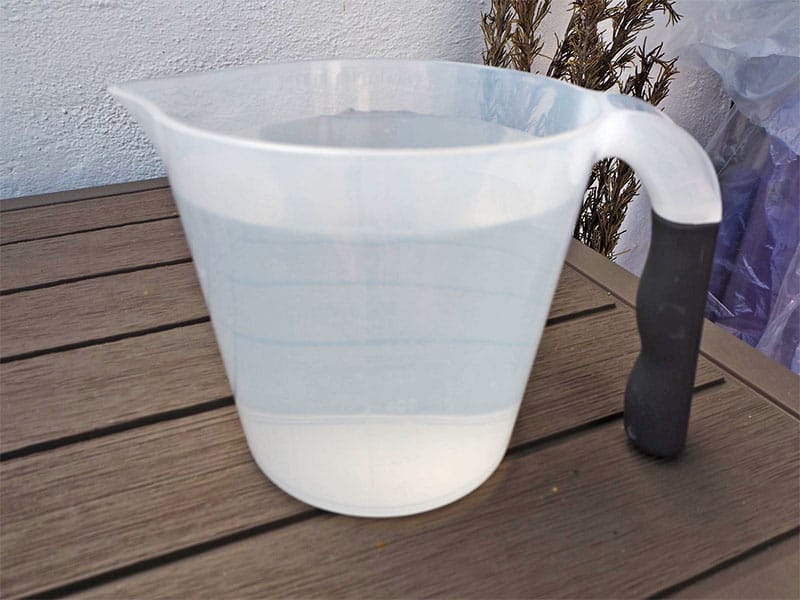
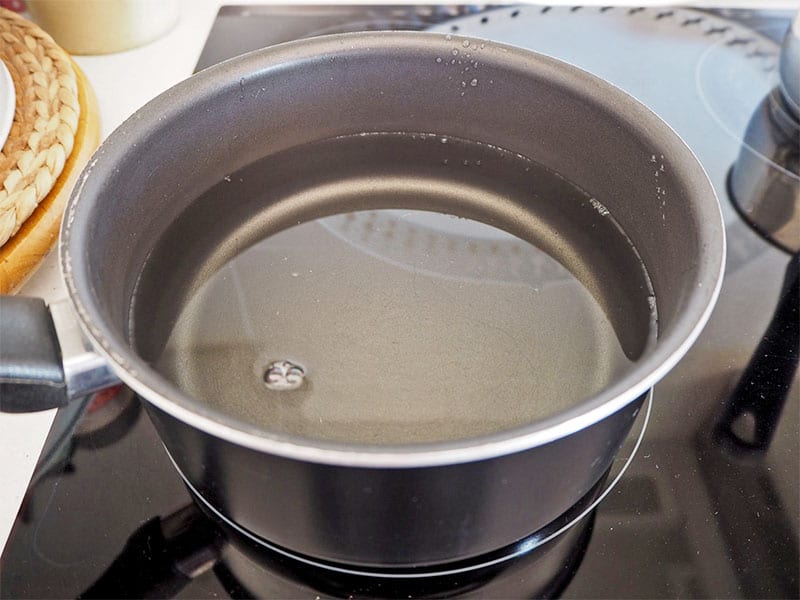
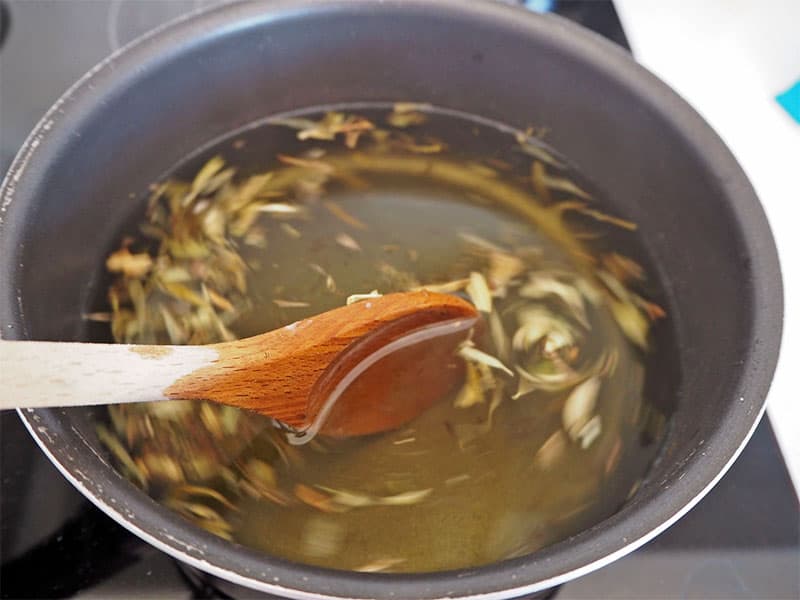
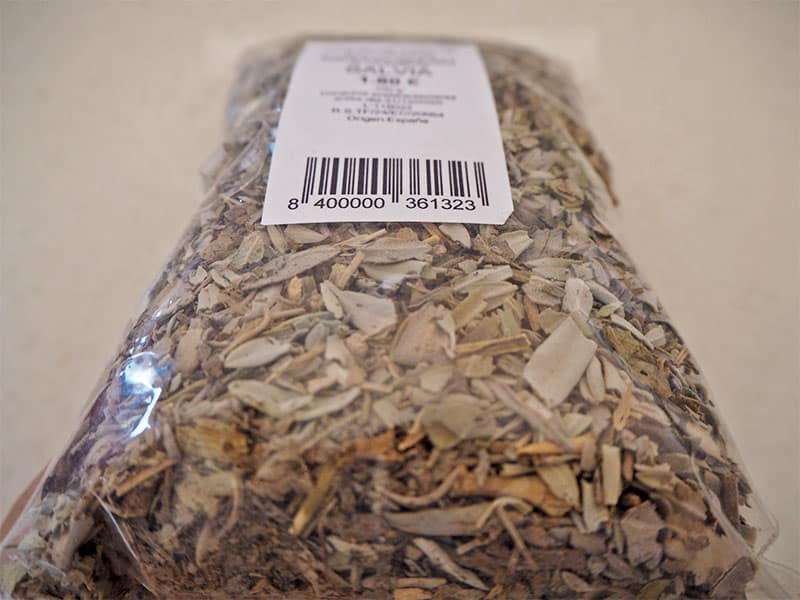
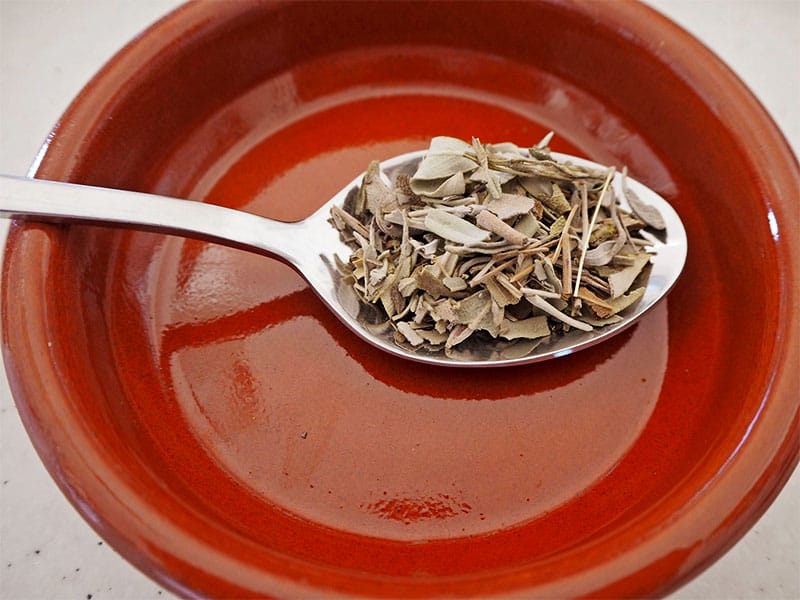
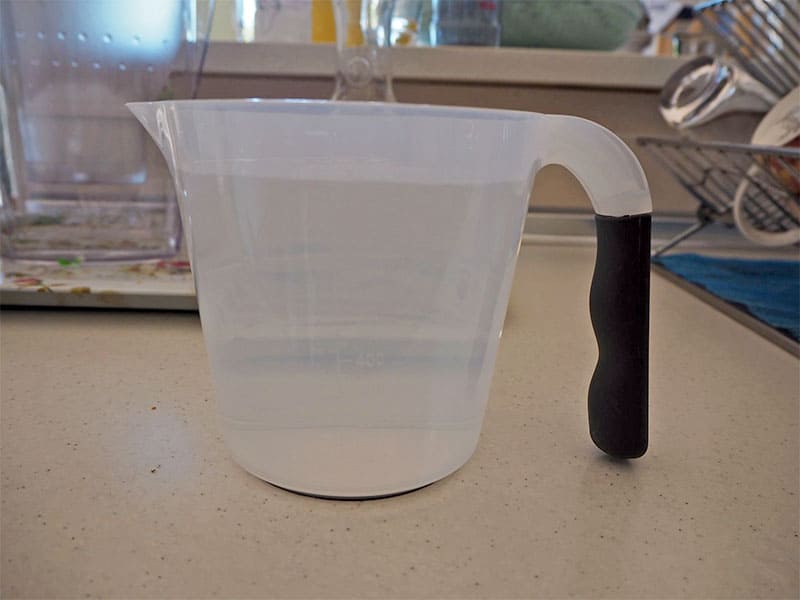
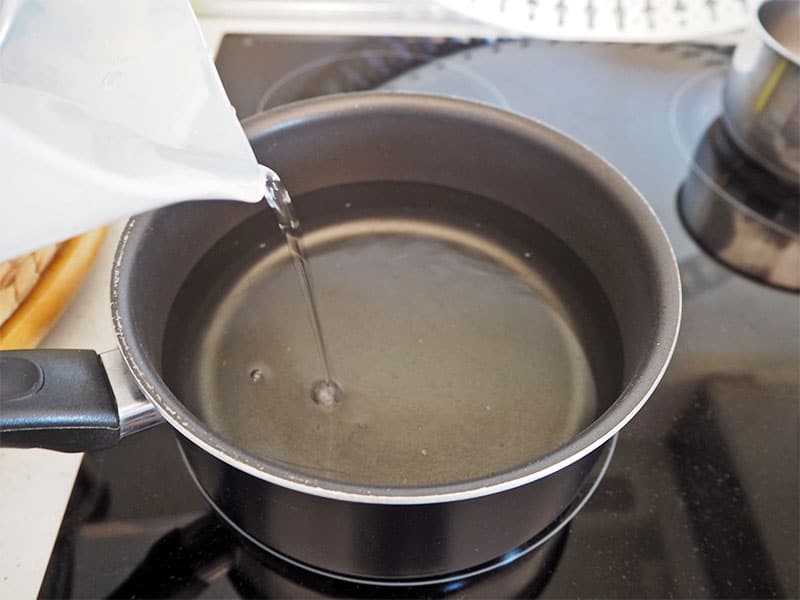


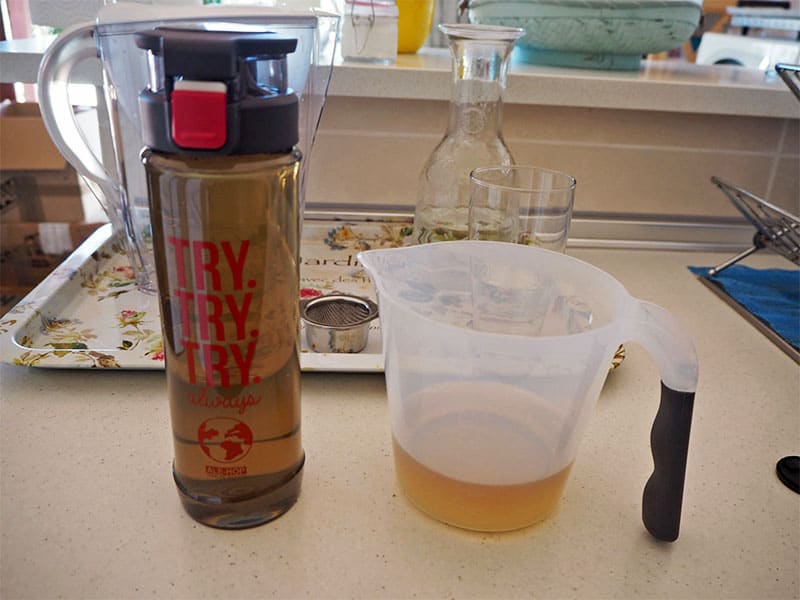
Good day. I’ve enjoyed your article on Sage very much…. I was reading some articles on remedies for hot flushes. But yours made me smile because I love herbs and the smells of it too. Love your interaction with Sage. And I learned something new as well. Sage you said is a natural diuretic, I didn’t know that.
Thank you for the article. I’m definately gonna try it. We have the benefit of being surrounded with many herbs here in Cape Town. So I’ll definately get mine soon.
Hi! I’m so glad you enjoyed the article. I’m taking 1 litre fresh sage tea every 3 days at the moment for my hot flushes (as I can’t make it daily due to lack of time) and I make sure I drink it within 24 hours of it being made. I try to drink it at room temperature or straight from the fridge (as recommended by herbalist Christopher Hedley, sadly no longer with us). A gargle of the infusion helps with sore throats and you can rub the fresh leaves as a first aid remedy against bites and stings. Sage tea is a natural diuretic that acts as a stimulant for the liver and kidneys. It’ll take around 2 months to see the results in terms of reduction of hot flushes. Sage is a wonderful, wonderful herb! I’ll leave you here a lovely video by Christopher Hedley on sage https://vimeo.com/71891134 : ) Thank you for your lovely comment.